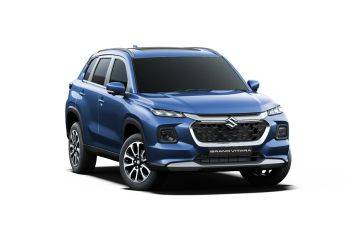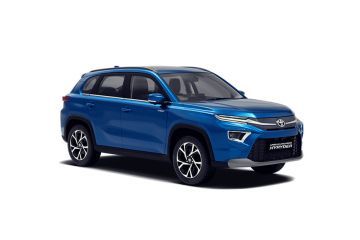The most popular hybrid cars in India are Grand Vitara (10.99 lakh), Urban Cruiser Hyryder (11.14 lakh), City Hybrid (19.00 lakh) and Innova Hycross (19.94 lakh). Check our complete list of 35 Hybrid Cars in the price range of Rs. 10.99 Lakh - Rs. 8.89 Crore.
To know more about Hybrid Cars in your city, Download Zigwheels App & get details on variants, specifications, pictures, mileage, reviews, and more.
Top 5 Hybrid Cars Price in 2024
| Model |
Price |
| Maruti Grand Vitara |
Rs. 10.99 Lakh |
| Toyota Urban Cruiser Hyryder |
Rs. 11.14 Lakh |
| Honda City Hybrid |
Rs. 19.00 Lakh |
| Toyota Innova Hycross |
Rs. 19.94 Lakh |
| Maruti Invicto |
Rs. 25.21 Lakh |


















